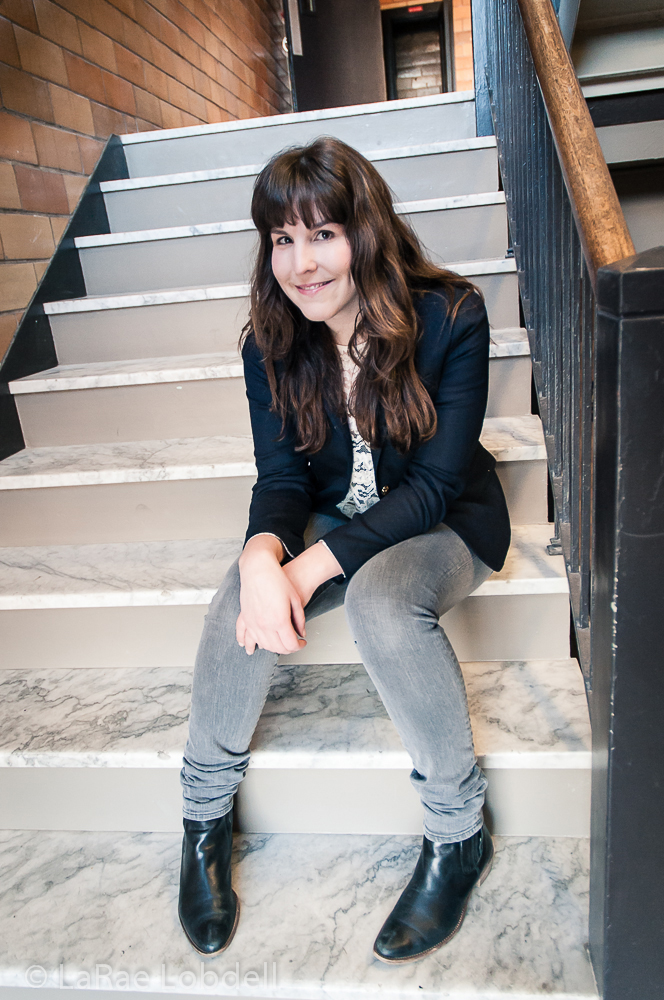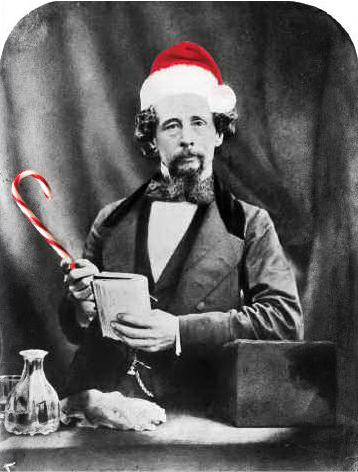Last week was the first of a two-part piece on Bad Theater. I’ll confess that this week I’ve lost some of my heart in writing about it. This is certainly not due to a lack of material. Rather, it’s because I’m heading into tech week on the show I’m directing, and as every theater artist knows, tech week, even for a show that’s going smoothly (and this one isn’t), delivers up some of the worst theater you can possibly imagine. Costumes are piecemeal, sets are half-painted, and the actors are sobbing balls of panic and insecurity. It’s hard to write about bad theater when, this week anyway, I’m living it.
But to recap: Three weeks ago I sent a note out to a couple dozen friends,roughly half of them theater artists and half audience members, asking what makes bad theater so bad. I was surprised at the “enthusiastic” response. People seem to love talking about bad theater almost as much as they hate experiencing it.
Some friends suggested that bad theater is so tremendously painful because of the expectations we have for theater as an art form. “Television is detached, removed; live music is (more often than not these days) an informal, highly social experience; literature isprivate and leaves the reader with a great deal of control over the experience,” says one friend. “In comparison, being a member of the audience at a play is extremely vivid, intensely focused, and much more ritualistic.”
A dramaturge suggested that her expectations of theater as culture made her less tolerant of its failures. “Bad television doesn’t faze me because I class all television as entertainment, and books automatically classify themselves: Good books equal culture, bad books equal entertainment. But for some reason I regard theater, all theater, as culture. Sitting in this playhouse should be ‘good for me.’ I should be ‘getting something out of this.’ When a play fails to live up to those expectations, I feel cheated.”
“We fear bad theater so much because we’re trapped in the room with it, with no exit or safe escape,” said one friend. And the act of sitting in a darkened room for two hours, expected to pay attention, is something we naturally resent, argues another: “Remember middle-school assemblies?”
One friend believed that the painful disappointment of bad theater was that it’s a communal event. “We do not experience it alone in our homes, but rather as neighbors joined together. So when it is bad, it brings down the whole community.” Another said that the experience of bad theater can actually create communal feelings because we’ve all suffered together. “If it’s really, REEEALLY bad, I’ll even stay afterwards and talk to the actors. It’s kind of cathartic since they usually know how bad it is and want desperately to commiserate with someone who can relate: ‘Did you see that train wreck?! Thank God! I thought I was the only one!'”
One generous respondent pointed out that “even the best baseball players only hit the ball 33 percent of the time. Why do we expect artists to hit home runs consistently?”
But here’s the interesting thing: My theater friends were both more vehement about how much they hate bad theater and more accepting of its existence. Unlike some critics who believe it can somehow be stamped out if they’re angry enough, they recognize that bad theater will be around as long as there’s theater. I believe that’s due to this simple fact: All theater artists, sooner or later, do bad theater. Everyone. As I’m reminded each evening right now, bad theater’s part of how you get to good theater. (Though, yes, sometimes it just doesn’t get there.) Every actor, director, designer, and company, sooner or later, does something just terrible. There is not a stage in this town that has not been sullied by a big smelly blast of bad theater at some time or another. I’m just hoping that the show I’m about to open smells better by opening night.








